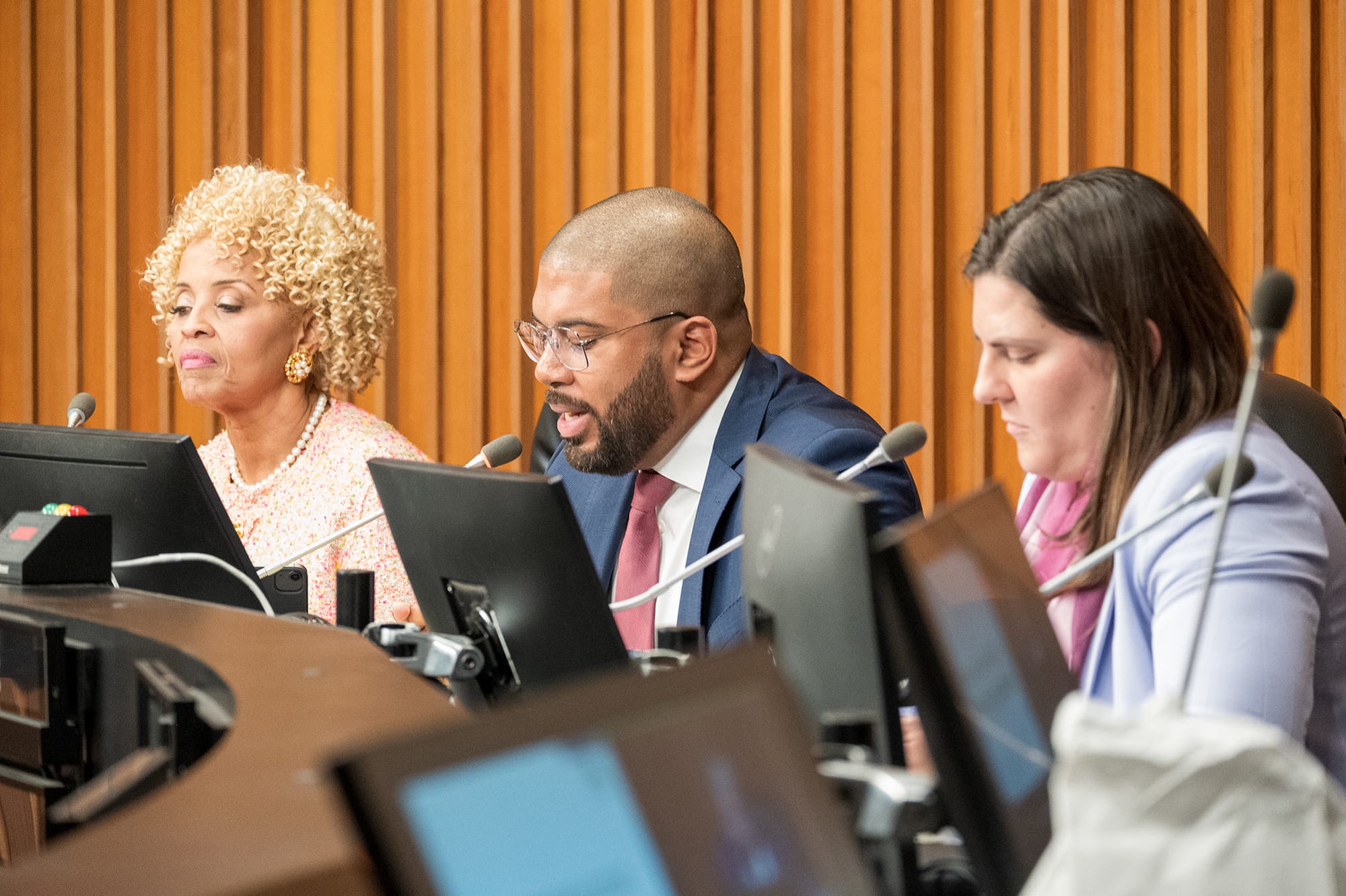This article is part of U.S. Democracy Day, a nationwide collaborative on Sept. 15, the International Day of Democracy, in which news organizations cover how democracy works and the threats it faces. To learn more, visit usdemocracyday.org.
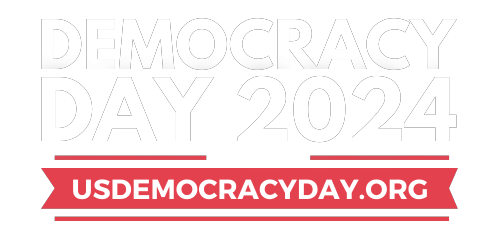
VALLEJO – In November 2022, Vallejo voters in three districts chose their city councilmember for the first time. The city created six new council districts in 2019 after previously electing councilmembers citywide under a threat of a lawsuit from Southern California based-lawyer Kevin Shenkman.
Shenkman argued that the city’s at-large election format violated the California Voting Rights Act because at the time there were no African American or Latino councilmembers. The Voting Rights Act was enacted in 2001 and sought to improve minority representation in local government by encouraging district based elections if minority votes were being diluted in citywide elections.
But with a packed slate of hopefuls vying for each seat, the final tallies showed a divided electorate.
For example, in District 2 – the council district representing North Vallejo, which has one of the highest proportions of Black people in the city – Councilmember J.R. Matulac won with 37% of the vote ahead of three Black candidates: Cassandra James, Don Jordan and Garrett Toles.
In District 5, which represents Central Vallejo, Councilmember Peter Bregenzer won with only 34% of the vote ahead of four others, including three Black candidates: Tara Beasley-Stansberry took 26% followed by Tanya Hall at 16%, Melissa Bowman at 13% and Dwight Monroe Jr. at 11%.
And in District 4, which represents downtown and Mare Island, Charles Palmares prevailed over Ruscal Cayangyang by only one percentage point, or 62 votes. Palmares received 1,413 votes, about 35% of ballots cast.
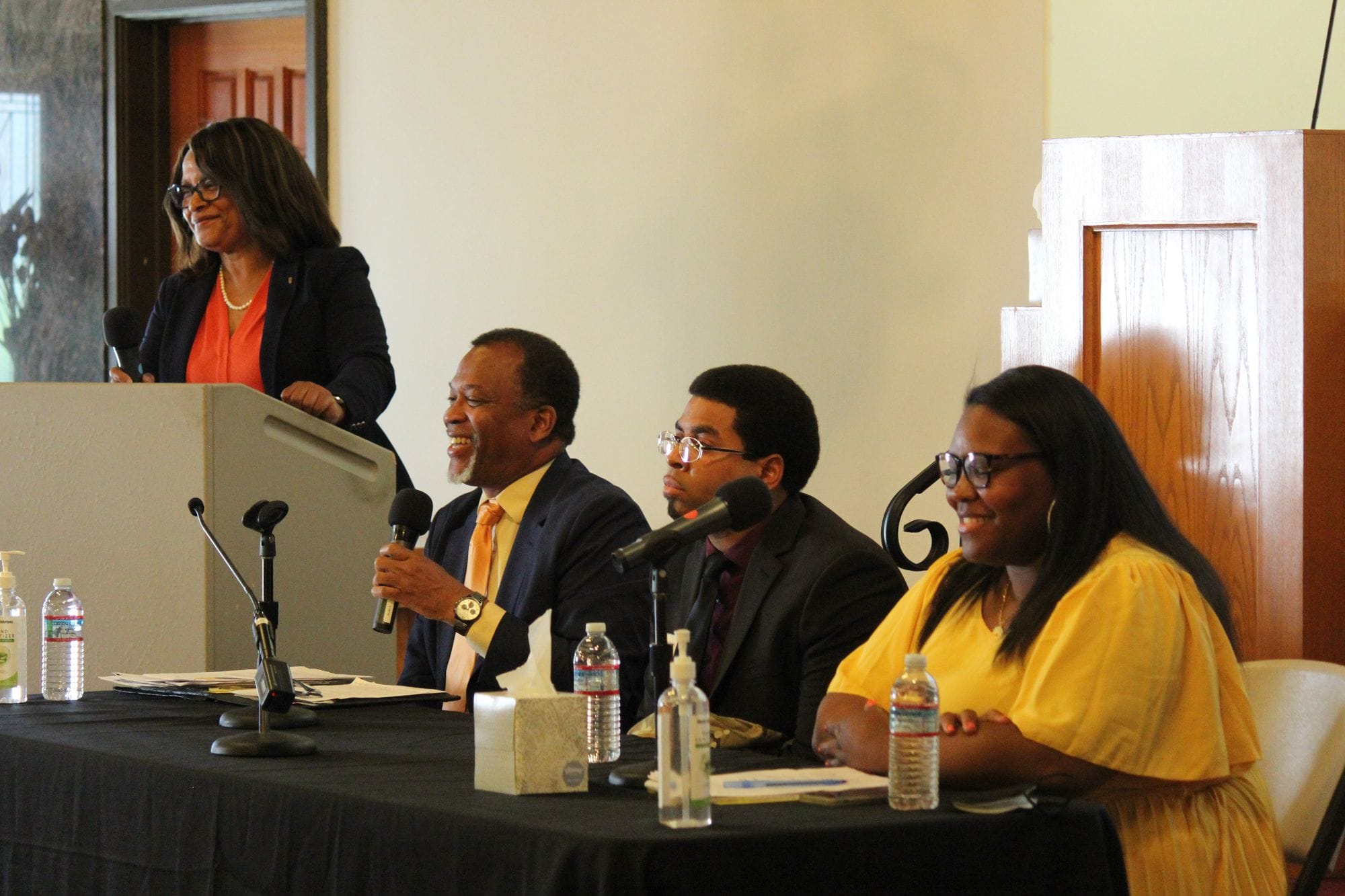
No candidate won with the support of a majority of the voters. This is not uncommon in races with more than two candidates that are conducted using the traditional voting system sometimes known as first-past-the-post or winner-takes-all. In this system, the candidate that receives more votes than any other candidate wins. But if voters are divided three or four ways, that can mean that the majority of the electorate favored candidates other than the winner.
Beasley-Stansberry, a local business owner, said that there were elders in the community who warned that the three African American candidates would just split the Black vote. Some suggested that she talk with other candidates about a long-term strategy, but she said she did not feel it was right to discourage anyone from running.
“When you know in your heart that you want to do something, who the hell am I to disturb that dream and that vision of what you can provide to that office?” Beasley-Stansberry said. “I would never ask anyone to sit out.”
Monroe, also a small business owner, said that he was aware of concerns from community leaders about splitting a voting block that might otherwise back a single candidate. “We did have conversations about how there were three African American candidates who all deserved to run,” he said. “Sometimes people feel this political intimidation to run but we need to encourage everybody to get involved, if it's a board or commission, volunteering or running for public office, everybody's input and voice is very essential to the conversation, and to democracy overall.”
To address these and similar concerns, in recent years several cities in the Bay Area have taken on a ranked choice voting system, in which voters rank candidates in order of preference, and last-place votes are distributed to other candidates.
The system has been in use for most offices in San Francisco since 2004. Oakland began using it in 2010, and Berkeley, San Leandro and Albany also currently use ranked choice voting. In November, voters in Richmond will decide if they want to adopt ranked choice voting in elections for mayor and councilmembers.
“If the winning candidate is getting less than 40 to 45 percent of the vote then ranked choice voting might be an improvement,” said Jason McDaniel, an associate professor of political science at San Francisco State University who has studied ranked choice voting.
Ranked choice, also known as instant runoff voting, allows voters to rank candidates in order from their favorite to least preferred candidate. Voters’ first choice selections are tallied first. If a candidate receives a majority of the votes, 50% plus one, then that candidate is the winner. But if no candidate receives a majority, an instant runoff begins.
The instant runoff process works by eliminating the candidate that received the least number of votes and redistributing those voters’ second preference among the remaining candidates. If none of the remaining candidates reach 50% plus 1 with the additional votes, then the next candidate with the least number of votes is eliminated and their second choice votes are redistributed in the same manner, and the process continues until a candidate receives a majority.
Proponents of the system argue that it leads to a number of benefits for candidates and voters, including a reduction in negative campaigning. The idea is that candidates may be leery of attacking a voter’s first choice candidate because under ranked choice they still need to appeal to voters to mark them as a second or third preference.
But the leading feature according to its proponents is that it tends to prevent what is known as “vote splitting,” or “the spoiler effect.” This is when two candidates that may be running on similar issues appeal to the same group of voters, or when a third party candidate draws votes away from one of two leading candidates, allowing the opposing candidate to prevail.
According to Marcela Miranda-Caballero, executive director of the advocacy group California Ranked Choice Voting, in the ranked choice system, voters can feel more secure about voting for their favorite candidate without worrying about strategizing to make their vote count in order to prevent a candidate that they really don’t want from taking office.
Deb Otis, director of policy and research for the voting reform organization FairVote, said that with the traditional voting system, “you often see candidates get pushed out of their race before they really even declare, before they even start running.”
“This tends to happen to candidates of color or women candidates,” Otis said. “You hear things like, ‘Oh, there's already a woman candidate running. She's going to get the woman vote. Don't split up the women's vote, so don't run. Wait your turn.’”
Otis said that ranked choice voting solves that problem because, if one candidate gets eliminated, then the second choice votes consolidate on the one that's left in the race.
Miranda-Caballero said that effect has produced results. “The Bay Area cities that do have ranked choice voting increased the amount of seats held by people of color from 38% to 61% when they switched over to RCV elected offices,” she said.
The recent interest in ranked choice voting in the U.S. is in part due to frustrations with voter polarization, but the system has been in use in Ireland and Australia since the early 20th Century. The states of Maine and Alaska both use ranked choice for congressional and presidential elections and some statewide offices. Proposals to use the system will be on the November ballot in several states, but other states have enacted legislation to ban ranked choice voting due to a range of concerns.
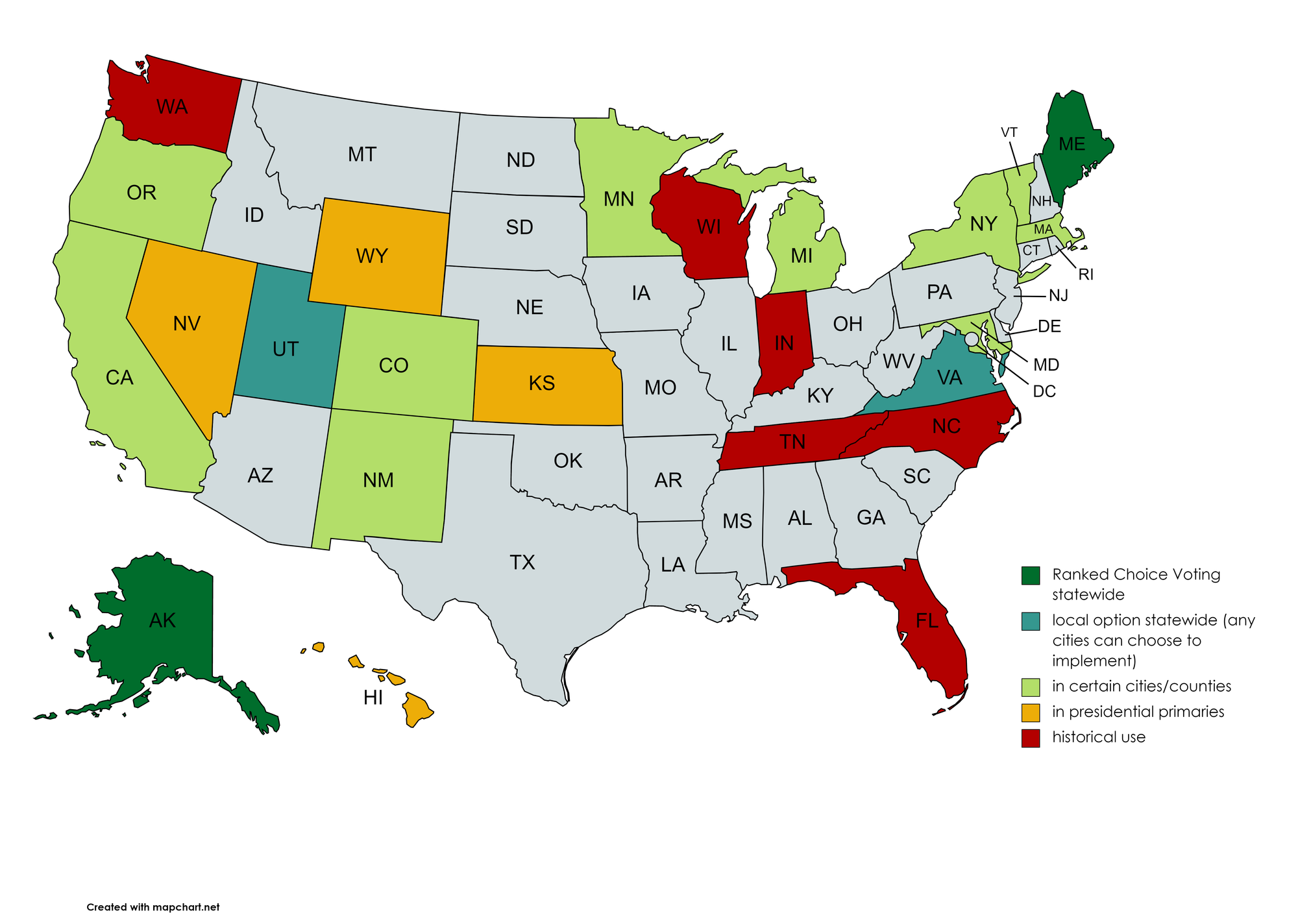
McDaniel said he thinks the benefits of ranked choice are often exaggerated and the negatives are overlooked. McDaniel authored a study that examined San Francisco voter data from 1995 to 2011 and his results indicate that implementing ranked choice voting involves what he terms an “information cost.”
“Ranking is harder than choosing,” he said. “It is cognitively more demanding, it is a harder thing to do to rank preferences instead of just to choose one.”
McDaniel’s research, published in 2016, showed a decline in voter turnout associated with ranked choice voting. McDaniel said that his more recent research, which is in the process of publication, indicates that there are more voter errors on ranked choice ballots.
“There will be more ballot errors, especially for the first couple of elections,” McDaniel said, adding that this is especially likely among older voters and voters for whom English is a second language.
Advocates for ranked choice voting disagree with McDaniel and point to studies showing similar rates of error between traditional voting and ranked choice, but they do recommend educational campaigns to introduce voters to the system.
“The big thing to note is that cities or states should do some voter education when they make this switch,” Otis said.
“The ballot is pretty intuitive, voters rank things in our everyday lives all the time,” Otis said. “I know what my favorite foods are, if the store is out of my favorite, I've got a second choice. I know what I want as my backup. It's pretty easy to translate that into ranking candidates on the ballot. But it is important to notify voters that this change is coming.”
Solano County Assistant Registrar of Voters John Gardner agreed that if Vallejo were to implement ranked choice voting, education campaigns would be needed both for voters and for those on the administrative side.
“We see a lot of weird stuff with the ballots as it is, outreach and education would be important because [ranked choice] is definitely a much more complicated ballot structure,” Gardner said.
Although the leading first choice vote getter often prevails in a ranked choice system, candidates without the highest number of first choice votes do get elected by garnering a significant number of second choice votes leading to a surprising “come from behind win.”
For example, ranked choice voting upended the first mayoral election in Oakland after it was implemented, dramatically demonstrating the power of second preference selections in a ranked choice system.
Voters elected then-Councilmember Jean Quan as mayor, making her the first woman to serve in the office, over former State Senator Don Perata, who was expected to win because of his significant warchest and political connections. Perata received the most first choice votes with 34%, while Quan, who appealed to progressive voters, received 24% of the first choice votes. Councilmember Rebecca Kaplan, also a progressive leaning candidate, came in third with 22% of first choice votes.
With a total of 10 candidates running, the tally moved from candidate to candidate transferring votes beginning with the lowest vote getter. Perata, Quan and Kaplan maintained their respective first, second and third place positions after all other candidates had been eliminated. However, most Kaplan voters selected Quan as a second choice, pushing her past Perata to win.
A similar effect occurred in Oakland’s controversial 2022 election in which then-Councilmember Loren Taylor received 33% of first choice votes and then-Councilmember Sheng Thao was in second place with 31%. In this case, civil rights attorney Allyssa Victory Villanueva had attracted significant support as an outsider candidate but again, Victory voters overwhelmingly chose Thao as their second choice.
Considering Vallejo’s results in the 2022 election, ranked choice voting would have created the potential for similar upsets to occur.
“Given a different way of voting, I do see Ms. Beasley-Stansberry sitting in that seat right now, quite honestly, because she was very close,” Monroe said.
But Beasly-Stansberry said she is not quite sold on such a system. “I’m not opposed to it but I would have to look into it and see if it would benefit us in the long run,” she said.
Editor's note: This story has been updated to correct the spelling of Tara Beasley-Stansberry.
Before you go...
It’s expensive to produce the kind of high-quality journalism we do at the Vallejo Sun. And we rely on reader support so we can keep publishing.
If you enjoy our regular beat reporting, in-depth investigations, and deep-dive podcast episodes, chip in so we can keep doing this work and bringing you the journalism you rely on.
Click here to become a sustaining member of our newsroom.
THE VALLEJO SUN NEWSLETTER
Investigative reporting, regular updates, events and more
- Elections
- Election 2024
- Election 2022
- Vallejo
- Vallejo City Council
- Kevin Shenkman
- Diosdado “J.R.” Matulac
- Cassandra James
- Don Jordan
- Garrett Toles
- Peter Bregenzer
- Tara Beasley-Stansberry
- Tanya Hall
- Melissa Bowman
- Dwight Monroe Jr.
- Charles Palmares
- Ruscal Cayangyang
- Oakland
- Berkeley
- San Francisco
- Jason McDaniel
- Deb Otis
- FairVote
- Marcela Miranda-Caballero
- California Ranked Choice Voting
- John Gardner
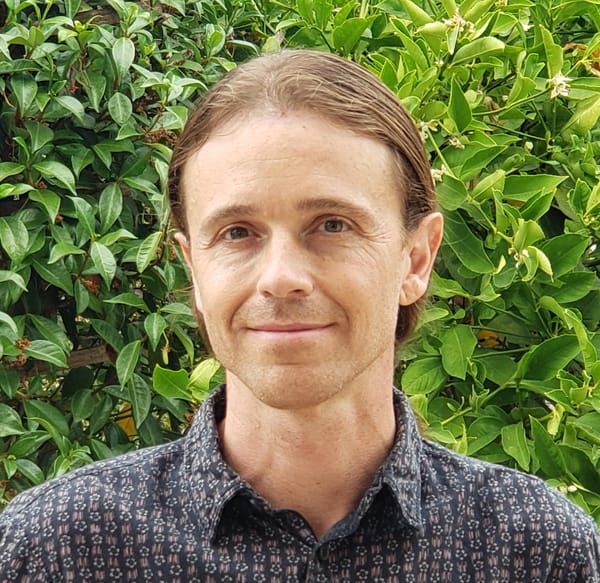
Ryan Geller
Ryan Geller writes about transitions in food, health, housing, environment, and agriculture. He covers City Hall for the Vallejo Sun.
follow me :


